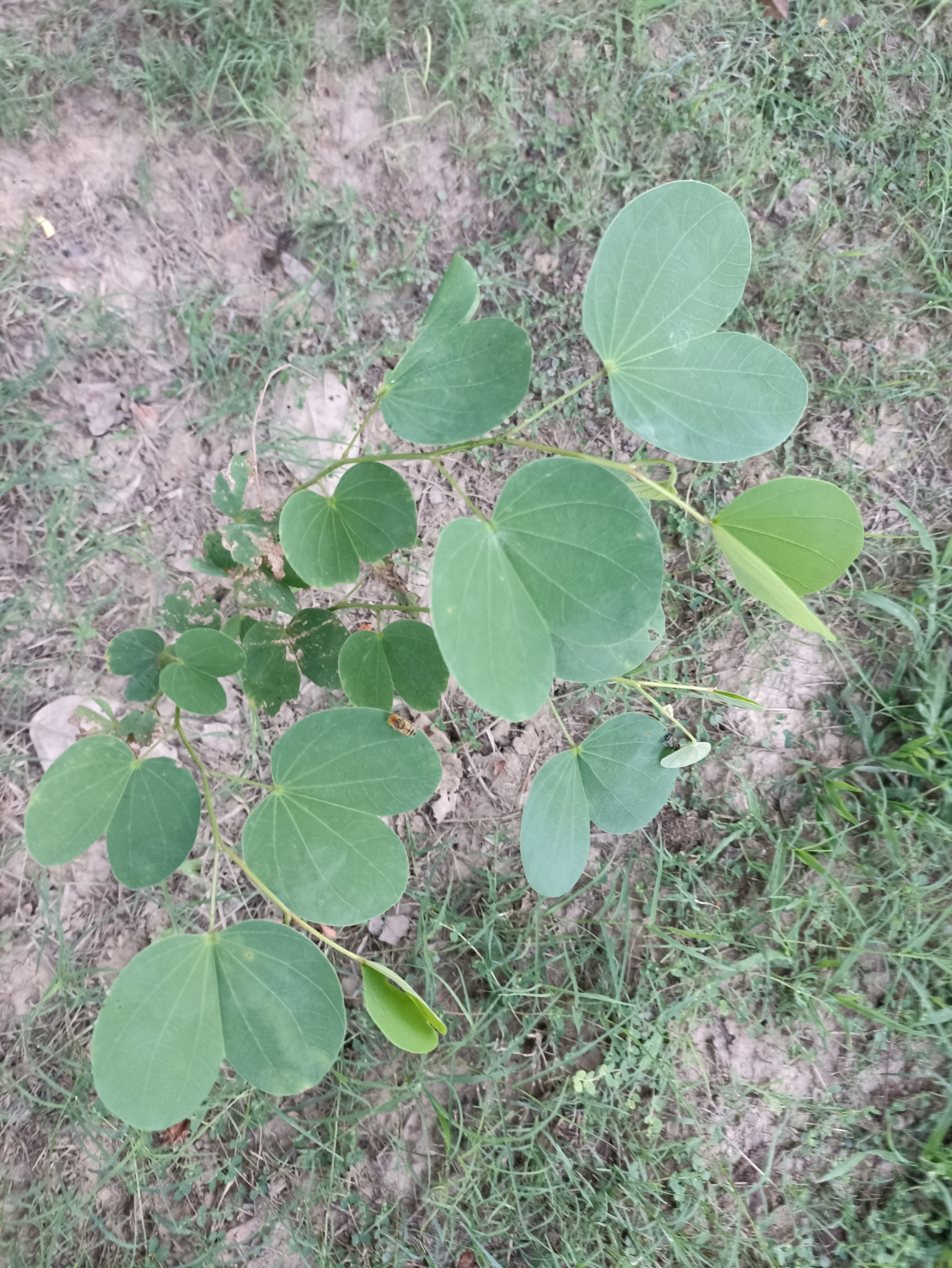Butea monosperma/ Butea frondose
Species
Families
Local Names
Genus
Native/Introduced
DNA Barcode
Description
Butea monosperma is a species of Butea native to tropical and sub-tropical parts of the Indian Subcontinent and Southeast Asia, ranging across Pakistan, India, Bangladesh, Nepal, Sri Lanka, Myanmar, Thailand, Laos, Cambodia, Vietnam, Malaysia, and western Indonesia. Common names include flame-of-the-forest, palash, and bastard teak.
Historically, Palash originated in Bihar and Jharkhand. Dhak forests covered much of the Doaba area between the Ganges and the Yamuna, but these were cleared for agriculture in the early 19th century as the English East India Company increased tax demands on the peasants.
Use
It is used for timber, resin, fodder, medicine, and dye. The wood is dirty white and soft. Being durable under water, it is used for well-curbs and water scoops. Spoons and ladles made of this tree are used in various Hindu rituals to pour ghee into the fire. Good charcoal can be obtained from it. The leaves are usually very leathery and not eaten by cattle. The leaves were used by earlier generations of people to serve food where plastic plates would be used today. A young cowherd preparing bankh from Butea roots
Usage in leather
The gum is known as Bengal Kino and is considered valuable by druggists because of its astringent qualities and by leather workers because of its tannin.
Culinary use
The gum from the tree, called kamarkas in Hindi, is used in certain food dishes. Adivasis in India prepare a summer beverage out of tea of the flower which is considered to have medicinal benefits.
Patravali
In villages of many parts of India, for example in Maharashtra, this tree provides the leaves that are used either with many pieced together or singly (only in case of a banana leaf) to make a leaf-plate for serving a meal. Up until a century ago, a would-be-son-in-law was tested on his dexterity in making this plate and bowl (used to serve daal, gravy dishes) before being declared acceptable by the father-in-law-to-be.
Dye
The flowers are used to prepare a traditional Holi colour called "Kesari". It is also used as a dye for fabric.
References to this tree are often found in Punjabi literature. The Punjabi poet Harinder Singh Mahboob employed its symbolism in his poems.
In Rudyard Kipling's short story Beyond the Pale (contained in Plain Tales from the Hills, published in 1888), he says of the dhak: The flower of the dhak means diversely "desire", "come", "write", or "danger", according to the other things with it. The tree was also featured in The Jungle Book in the story Tiger! Tiger! as the tree Mowgli instructs his wolf-brother Grey Brother to wait under for a signal that Shere Khan has returned.
The first sloka of the Sukla Yajurveda speaks about the Palasa tree. The Palasa tree branch is cut and trimmed by the Adhvaryu priest who performed the practical part of sacrifice, the day before a new moon or a full moon, and used it to drive the calves away from cows whose milk was to form a part of the offerings for the next day's special ceremony.









































































































































